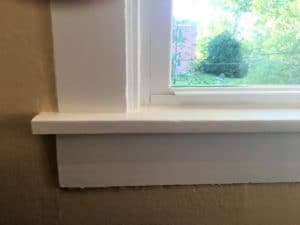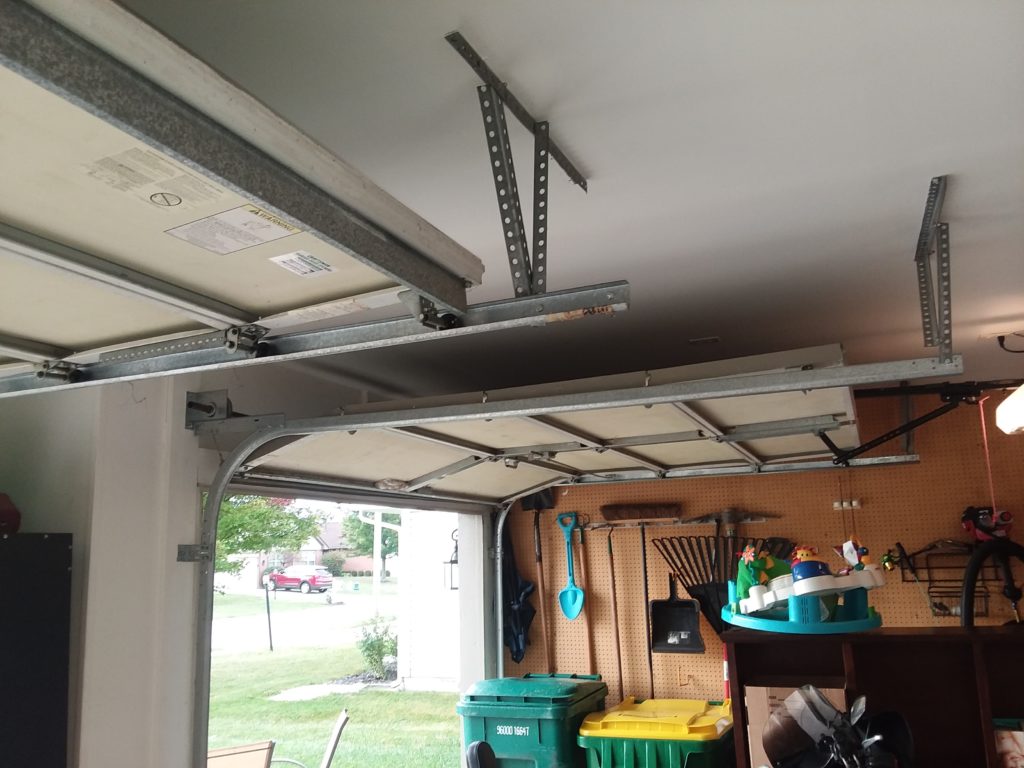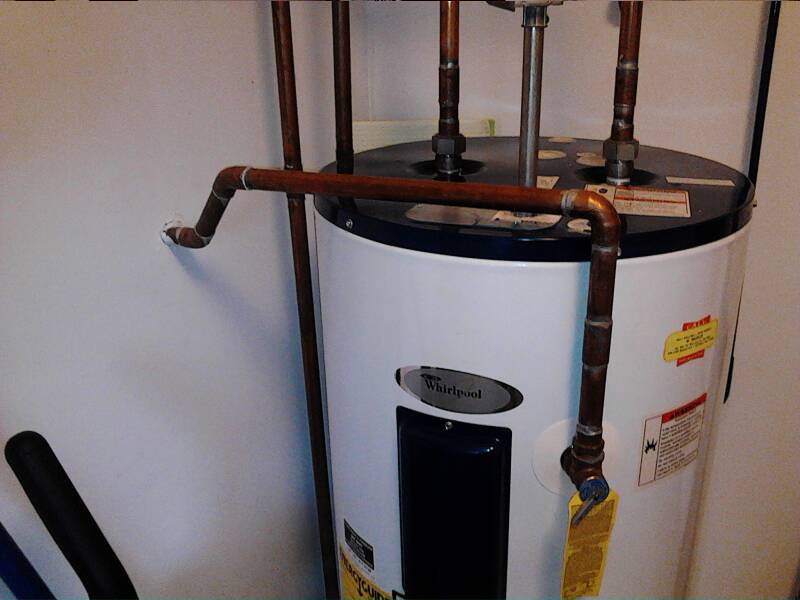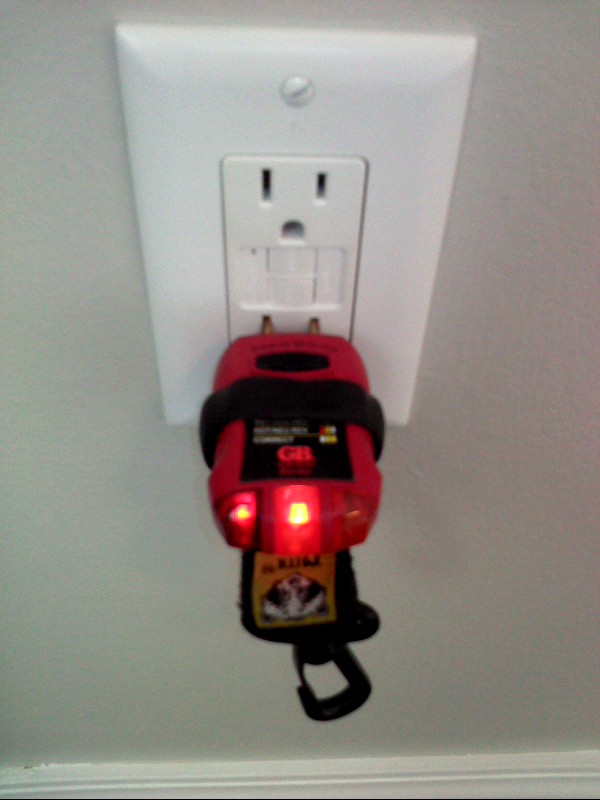In general, the older the home, the more likely that it has lead-based paint.
Most homes built before 1978 have lead-based paint.
In 1978 the federal government banned the use of lead-based paint in housing.
Lead can be found inside and outside a house.
In the soil around a home, traces of lead will often be found as a result of old paint removal by scraping.
As a general guide, in homes built before 1950, lead based paint will be found on all painted surfaces, both inside and outside.
In homes built after 1950, but before 1978, there will be lead based paint on all the trim work, doors and windows as well as the exterior, however the interior walls may have been painted with paint that did not have a lead base.
Lead-based paint that is in good condition is usually not a hazard.
Peeling, chipping, chalking, or cracking lead-based paint is a hazard that needs immediate attention.
Lead-based paint may also be a hazard when found on surfaces that children chew on, or that get a lot of wear and tear.
The most common problem areas are:
Windows and windowsills. Doors and door frames. Stairs, railings, and banisters. Porches and fences.
Lead dust can form when lead-based paint is dry scraped, dry sanded, or heated with a blowtorch or heat gun.
Dust also forms when painted surfaces bump or rub together. Lead chips and dust can get on surfaces and objects that people touch. Lead dust that has settled can re-enter the air when it is vacuumed, swept or walked through.
Lead in soil can be a hazard when children play in the soil or when it is brought into the home on shoes or boots.









